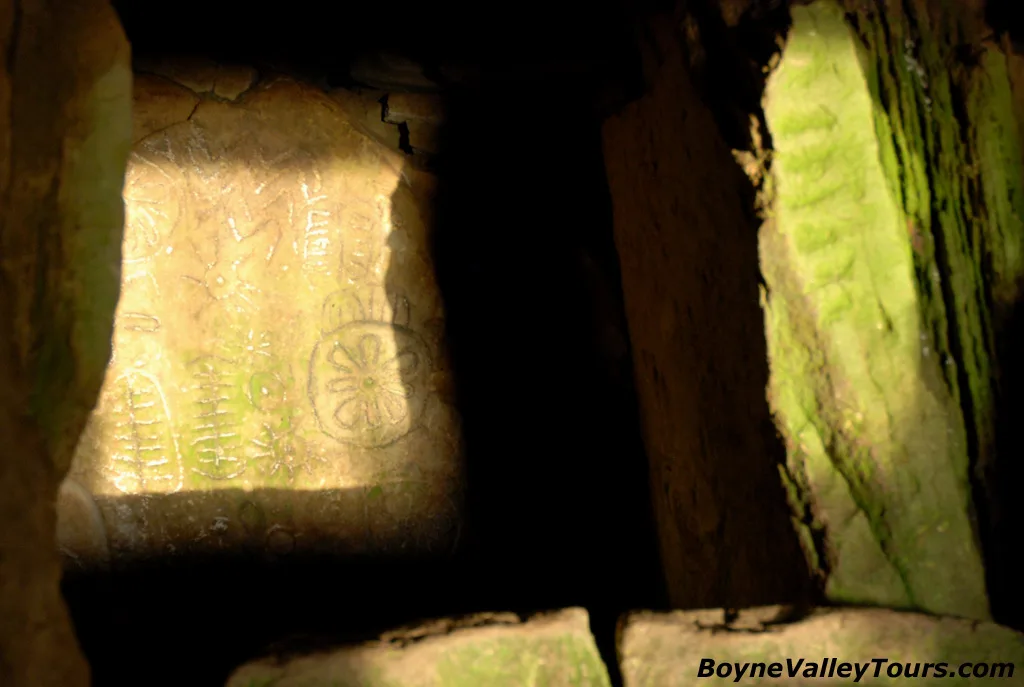This website uses cookies to help deliver its services. By using this website, you agree to the use of cookies as outlined in our Privacy Policy.
Equinox Illumination at Loughcrew Cairn T
On the mornings around the Spring Equinox and the Fall Equinox on Carnbane East at Loughcrew, the rising sun illuminates the passage and chamber of Cairn T. The sun light is shaped by the stones of the entrance and passage and descends the backstone while moving from left to the right illuminating the solar symbols.
Before October 2018, visitors were able to enter the interior of Cairn T during mornings around the equinoxes. However, due to structural issues, access to the cairn’s interior was closed off. Currently, a steel prop behind the gate of the cairn supports a cracked lintel stone. However, this hasn’t stopped people from gathering outside the cairn to celebrate the rising sun at this ancient sacred site. While it’s disappointing that visitors can’t experience the sun illuminating the backstone of the chamber, the atmosphere outside Cairn T is still incredibly moving and energizing.
Past Equinoxes at Loughcrew
Here are a selection of photographs taken during previous equinoxes at Loughcrew Cairn T. These images capture the stunning beauty of the rising sun as it illuminates the ancient stones and solar symbols. Enjoy the photographs and feel the energy of this mystical and sacred place.
Loughcrew Video – Spring Equinox 2005
The progress of the sunbeam on the backstone inside Cairn T at Loughcrew was video recorded at sunrise on the morning of March 23rd 2005. The 50 minute recording has been compressed to 1 minute 46 seconds and included in this Video which also includes background information on the equinox illumination at Loughcrew.
Light work, dark matter
Light work, dark matter by Frank McNally on a day spent with Neolithic astronomers and Samuel Beckett
Five thousand years before television, our ancestors used to pass their nights by watching the sky. They didn’t just dance with the stars, they studied them too. And by way of recording highlights, they built great stone monuments all over Ireland, doubling as burial chambers, carefully aligned with the main celestial events.
At least one of these, on the western fringes of County Meath, marks the spring and autumn equinoxes.
Which is why, during the early hours of last Saturday, I rose in the Dublin darkness and made the hour-long drive north, to get to Loughcrew before the sun did.
It was three days late for the actual equinox. But in a cloudy week, Saturdays was the first promising forecast. Besides, I knew that some long-time Loughcrew watchers, including my friend Sarah, prefer the days around the equinoxes, when crowds are smaller.
En route, if anything, the pre-dawn sky was too clear for comfort.
To those of us not used to being up early, it’s a revelation how bright it gets long before the sun appears. Nearing Oldcastle, I was constantly checking for it in my rear-view mirror, even though it couldn’t have risen yet.
I knew how archaeologist Martin Brennan felt one March morning in 1980 when, after a series of murky mornings had thwarted his previous investigations, the sun broke over the horizon while he was still on the way up the hill to “Cairn T”.
It was like being “ten minutes late for an appointment made over 5,000 years ago”.
But he needn’t have worried. He got there in time to see the sunlight pierce the cairn’s narrow chamber and move, like a pointed torch-beam across the meticulously-carved stone, with its astronomical decorations, on the back wall. His discovery made headlines in this paper and many others.
I needn’t have worried either. Along with Sarah and a handful of aficionados, I was at the cairn long enough before the sun came out to be shivering from the cold.
But even if it hadn’t appeared eventually, the trip would have been worth it for the awe-inspiring view.
I have heard various estimates for the number of counties you can see up there, ranging from nine to 18. The horizons were too misty to even attempt a count on Saturday. Suffice to say it’s plenty.
As for the main event, it didn’t disappoint. When the sunlight broke cover, sure enough, it penetrated the cairn’s chamber. We couldn’t get in because the gate was locked, but even through that and some support scaffolding erected by a more recent Meath-based civilisation called the “OPW”, the stone and its carvings were briefly flood-lit.
We toasted the memory of these neolithic architects with tea, marvelled at how such early Meath farmers should have also cared so much about astronomy to haul vast amounts of heavy stone up steep hills, never mind arrange them so painstakingly. Then, with a renewed sense of admiration for the ancients, we headed back down to sea level, and what now passes for civilisation.
At the opposite end of Saturday, as chance would have it, I had to attend a play: a daunting prospect when you’ve been up since before dawn. And not just in a normal theatre, but a church: Samuel Beckett’s old family church in Tullow Parish, Foxrock, which now also serves as the venue for an annual production of his work.
This year it was All That Fall: doubly appropriate – if anything in Beckett’s gloomy worldview is appropriate for a church – because its title comes from Psalm 145 (“The Lord upholdeth all that fall”), which the author probably remembered from his Bible-studying childhood.
All That Fall is unique for him in being full of local detail. It’s a dark tale, set in Foxrock on a day when the Leopardstown races are on. But it’s also unusual in being a radio play, written for the BBC in 1956. This was a problem for Mouth on Fire, the theatre company involved here, because Beckett was a stickler for such distinctions. His estate now faithfully follows his insistence: All That Fall is not for visual consumption.
So before it began on Saturday, the audience – which included President Higgins and his wife Sabina – were invited to put on blindfolds.
Those of us who didn’t have one had to improvise. Thus it was that, having started the day dazzled by sunrise, I ended it watching a play with my eyes closed, although in both cases, paradoxically, it felt as though I was being invited to look into my soul.
An article by Frank McNally, published in the Irish Times on 26th March 2019
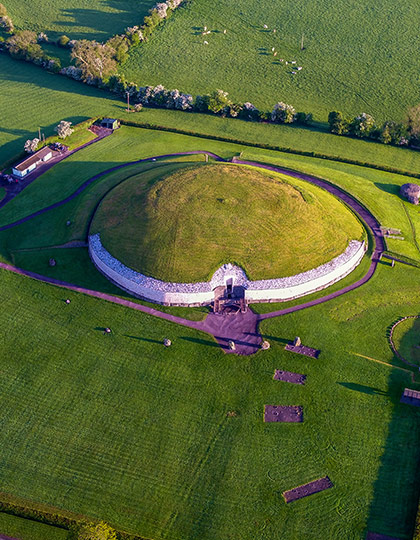
Newgrange & Boyne Valley

8hrs | €600 + Booking Fees

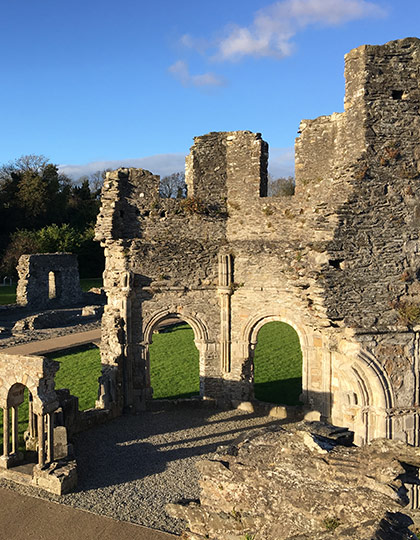
Boyne Valley Castles & Abbeys

8hrs | €600 + Booking Fees

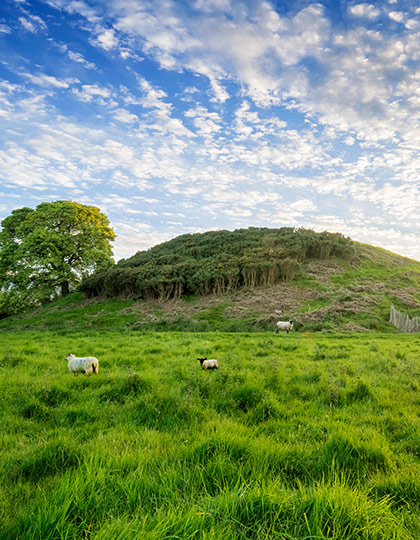
Meath Megalithic Sites

8hrs | €600 + Booking Fees


Glendalough & Scenic Wicklow

8hrs | €600 + Booking Fees

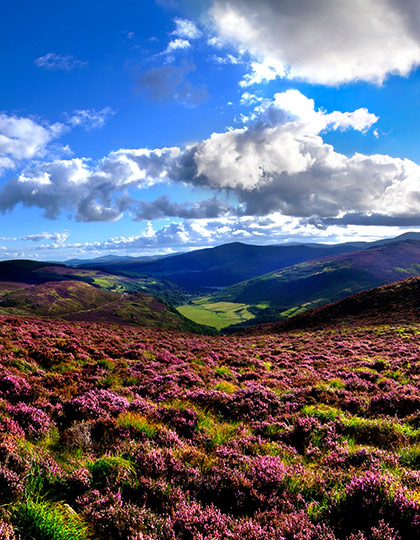
Wicklow Gardens & Scenery

8hrs | €600 + Booking Fees

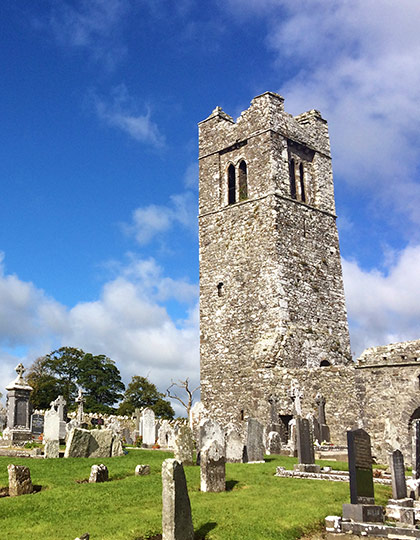
Cruise Excursions

8hrs | €600 + Booking Fees









